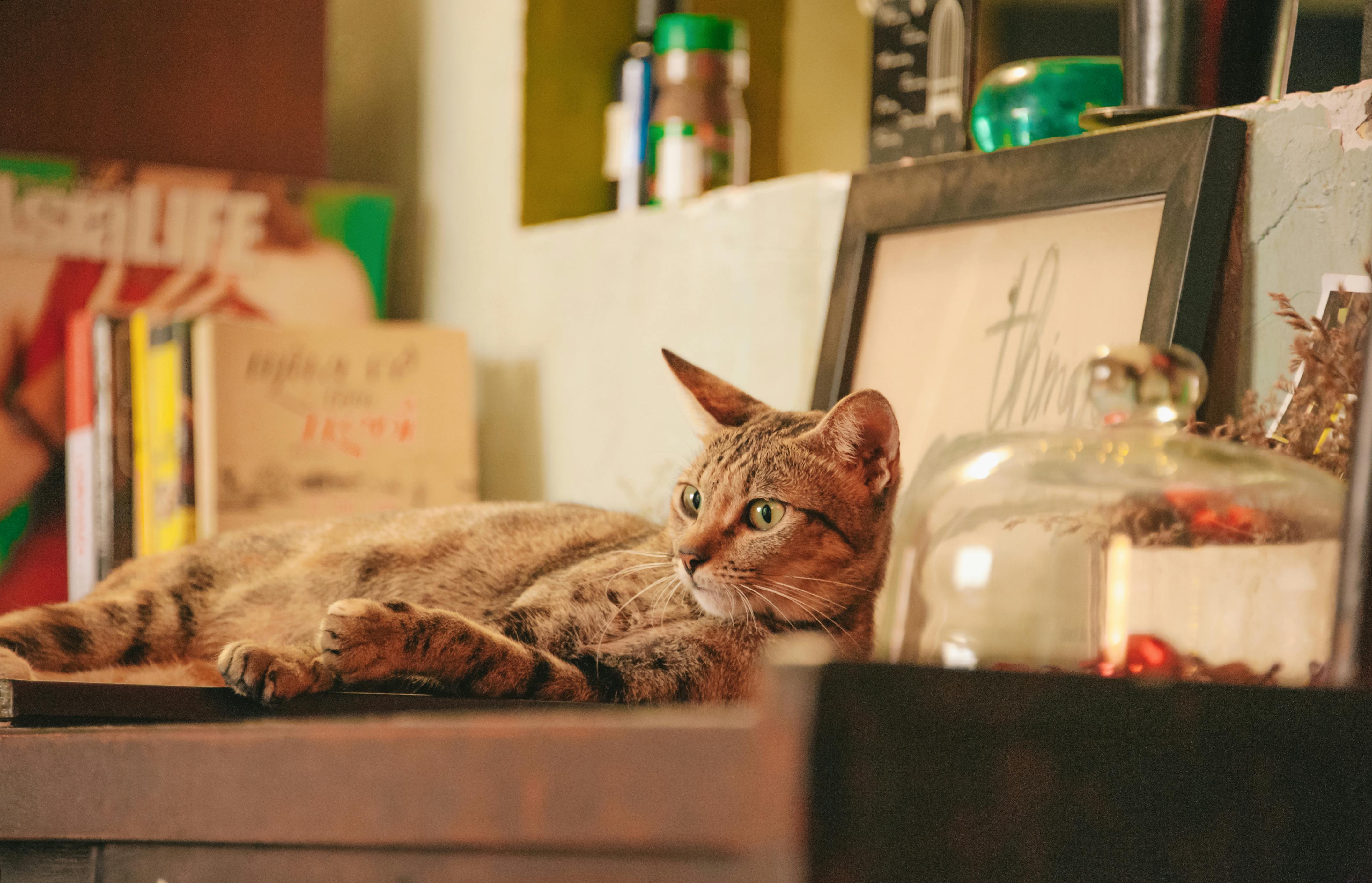How to Manage a Cat with Separation Anxiety

How to Manage a Cat with Separation Anxiety
While often associated more with dogs, separation anxiety can also significantly impact cats. This condition makes it difficult for them to cope when their human companions are away, leading to behavioural and health issues. Understanding how to handle separation anxiety in cats is crucial for their well-being and your peace of mind. In this blog post, we’ll explore the signs of separation anxiety in cats and provide tips on how to help them manage this challenging condition.
Recognising Signs of Separation Anxiety in Cats
Cats are typically seen as independent creatures, but they form strong attachments to their owners. Signs of separation anxiety in cats can include excessive meowing or crying, destructive behaviour when alone, urination or defecation outside their litter box, and over-grooming or other repetitive behaviours. It’s essential to observe these signs early to address the issue promptly.
Creating a Comfortable Environment
One of the first steps in helping a cat with separation anxiety is to make their environment as comfortable as possible. Ensure they have a cosy sleeping area, access to windows for stimulation, and plenty of toys to keep them entertained. You might also consider leaving items with your scent on them, such as a piece of clothing, which can provide comfort to your cat in your absence.
Interactive and Stimulating Toys
Interactive toys that mimic prey, like motorised mice or feather wands, can significantly reduce stress by keeping your cat engaged while you are away. Puzzle feeders which challenge them to retrieve treats can also keep their mind occupied and reduce feelings of loneliness.
Gradual Desensitisation to Your Absence
Gradually acclimatising your cat to your absence can help manage separation anxiety. Start by leaving your cat alone for short periods and gradually increase the time you are away. This method can help them adjust slowly to being alone, diminishing anxiety levels over time.
Consistent Routine
Maintaining a consistent daily routine can help reduce anxiety in cats. Feed, play, and cuddle with your cat at regular times each day. A predictable schedule provides a sense of security, making it easier for them to cope when you are not around.
Professional Help
If your cat’s separation anxiety is severe, consult a vet or a pet behaviourist. They can offer guidance specific to your cat’s situation, which may include therapy or medication. Additionally, professional pet sitters who provide in-home services can help minimise the stress caused by your absence by offering companionship and care.
Managing a cat with separation anxiety requires patience and commitment, but with the right strategies, you can help your feline friend feel more secure. By enhancing their environment, establishing a routine, and seeking professional advice when necessary, you can ease the stress associated with separation and create a happier, healthier life for your cat.